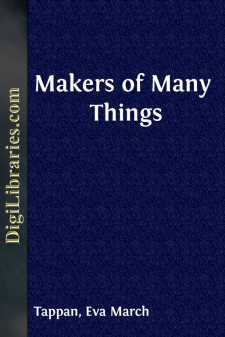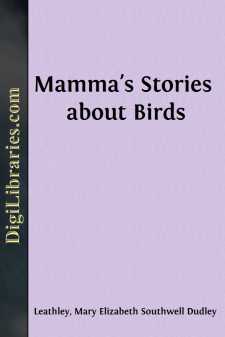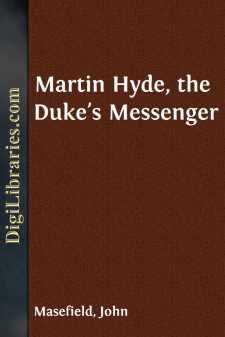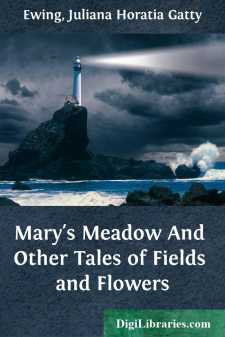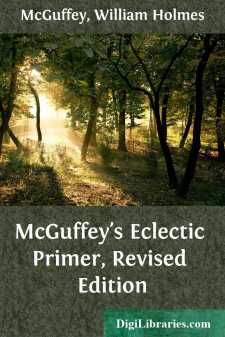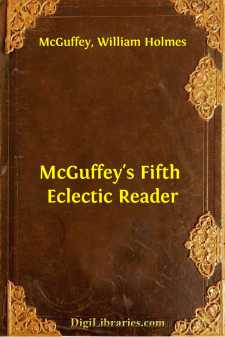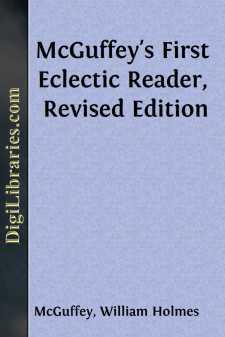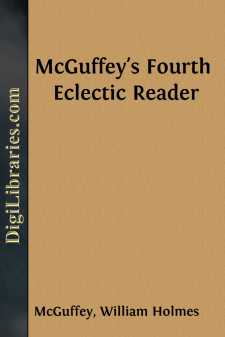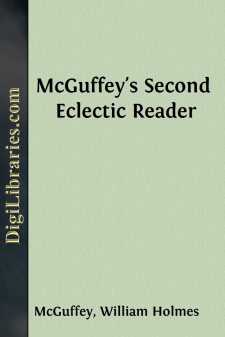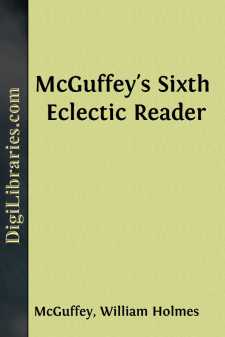Juvenile Nonfiction
- Animals 10
- Art 1
- Biography & Autobiography 2
- Boys & Men 1
- Business & Economics 3
- Cooking & Food 2
- Gardening 1
- General 32
- Girls & Women 7
- History 2
- Holidays & Celebrations 1
- Lifestyles 79
- Literary Criticism & Collections 5
- Nature 11
- Readers 40
- Religion 4
- Sports & Recreation 1
Juvenile Nonfiction Books
Sort by:
by:
Eva March Tappan
I THE LITTLE FRICTION MATCH I remember being once upon a time ten miles from a store and one mile from a neighbor; the fire had gone out in the night, and the last match failed to blaze. We had no flint and steel. We were neither Indians nor Boy Scouts, and we did not know how to make a fire by twirling a stick. There was nothing to do but to trudge off through the snow to the neighbor a mile away and...
more...
THE EAGLE. The Eagle is often called the King of Birds, and therefore it is of him that we ought to speak first. Very likely you have often seen eagles in the Zoological Gardens, and, if so, you know what noble looking birds they are. But they seem very sad in their prison-houses, to which no kindness can ever attach them. They are formed to soar boldly to the top of some lonely mountain height, and...
more...
by:
John Masefield
CHAPTER I. I LEAVE HOME I was born at Oulton, in Suffolk, in the year 1672. I know not the day of my birth, but it was in March, a day or two after the Dutch war began. I know this, because my father, who was the clergyman at Oulton, once told me that in the night of my birth a horseman called upon him, at the rectory, to ask the way to Lowestoft. He was riding from London with letters for the Admiral,...
more...
PREFACE. "Mary's Meadow" first appeared in the numbers of Aunt Judy's Magazine from November 1883 to March 1884. It was the last serial story which Mrs. Ewing wrote, and I believe the subject of it arose from the fact that in 1883, after having spent several years in moving from place to place, she went to live at Villa Ponente, Taunton, where she had a settled home with a garden, and...
more...
LESSON XXVII. look go John here all wheel mill have round oo j Look! there are John and Sue by the mill pond. They like to see the big wheel go round. They have come to play on the logs and in the boat. John and Sue will play here all day. [Illustration: Script Exercise: The cows like grass. They stand in the shade. ] or Jane girls floor roll some which black o Here are some girls with skates; but they...
more...
INTRODUCTION. 1. PRELIMINARY REMARKS. The great object to be accomplished in reading, as a rhetorical exercise, is to convey to the hearer, fully and clearly, the ideas and feelings of the writer. In order to do this, it is necessary that a selection should be carefully studied by the pupil before he attempts to read it. In accordance with this view, a preliminary rule of importance is the following:...
more...
LESSON XXXV. fin'ished bon'net les'son saved white a way' I've am work scam'per read'y gar'den [Illustration: White kitten lapping milk from a bowl.] THE WHITE KITTEN. [Illustration: Script Exercise: Kitty, my pretty, white kitty. Why do you scamper away?I've finished my work and my lesson And now I am ready for play. Come, kitty, my own little...
more...
ECLECTIC EDUCATIONAL SERIES. MCGUFFEY'S (Registered)FOURTH ECLECTIC READER. REVISED EDITION. McGuffey Edition and Colophon are Trademarks of John Wiley & Sons, Inc. New York-Chichester-Weinheim-Brisbane-Toronto In revising the FOURTH READER, the aim has been—as it has with the other books of the Series—to preserve unimpaired all the essential characteristics of MCGUFFEY'S READERS. New...
more...
LESSON I. news'paper cold or'der seem through stock'ings chat sto'ry light Har'ry branch'es kiss burns Mrs. e vents' an oth'er Mr. stool lamp mends [Illustration: Family at evening; father reading newspaper, mother sewing, boy and girl reading.] EVENING AT HOME. 1. It is winter. The cold wind whistles through the branches of the trees. 2. Mr. Brown has done his...
more...
INTRODUCTION. (11) The subject of Elocution, so far as it is deemed applicable to a work of this kind, will be considered under the following heads, viz: 1. ARTICULATION. 4. READING VERSE. 2. INFLECTION. 5. THE VOICE. 3. ACCENT AND EMPHASIS. 6. GESTURE. I. ARTICULATION. (11) Articulation is the utterance of the elementary sounds of a language, and of their combinations. As words consist of one or more...
more...


